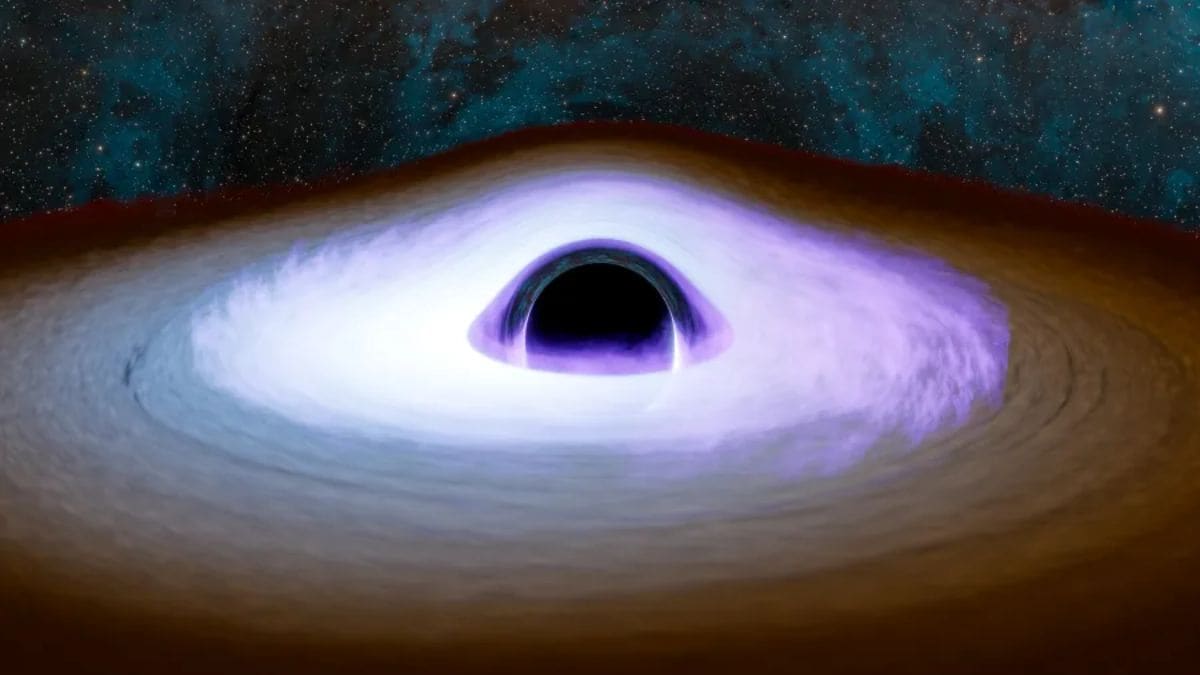The use of IXPE (Imaging X-ray Polarimetry Explorer) by NASA's international team of astronomers has brought into question the known theories of the fate of matter around a black hole. The study of incoming X-rays by astronomers, as well as measuring their light's electric field direction, has been made possible through IXPE. The degree of polarisation is an indicator of how single or multiple the vibrations are. Using a black hole's polarisation degree, scientists can estimate where its corona, an area that contains highly ionised and magnetised plasma, is located and how it produces X-rays.
Unraveling the Mystery of Polarized X-Ray Emissions in Black Holes
As per NASA, in X-ray binary systems, there is a super-dense object, such as a black hole, that pulls matter from a neighbouring star. This matter often starts to swirl and flatten into a structure that is recognised as an accretion disc. The accretion disc's inner layer, the corona, can reach temperatures over 1.8 billion degrees Fahrenheit and emits very bright X-rays.
“Usually, a significant degree of polarisation suggests a near-complete edge-on perspective of the corona. For one to receive such a measurement, the corona would need to be entirely shaped and viewed at a precise angle,” noted one of the authors of the paper, Giorgio Matt, a professor at the University of Roma Tre. “The dimming pattern remains unexplained and might provide insight into this class of black holes.” The researchers noted that there has not been a singular accepted explanation for a high degree of polarisation.
Different Theories and Models
In one of the models, astronomers introduced a “wind” that would be composed of material expelled from the accretion disc. In one theory, astronomers suggested the existence of a corona composed of X-rays and other forms of high-energy radiation. This observation may mean that the outer edge of the accretion disk was situated at the same angle as the observer was located on Earth, which probably explains the complicated changes in brightness which were observed.
The dim secondary star of the black hole system and the black hole itself do not permit astronomers to determine the inclination angle of the system straightforwardly. However, the brightness fluctuations noted by IXPE imply the accretion disk's edge was potentially directed toward the observer's position.

Comments
Post a Comment